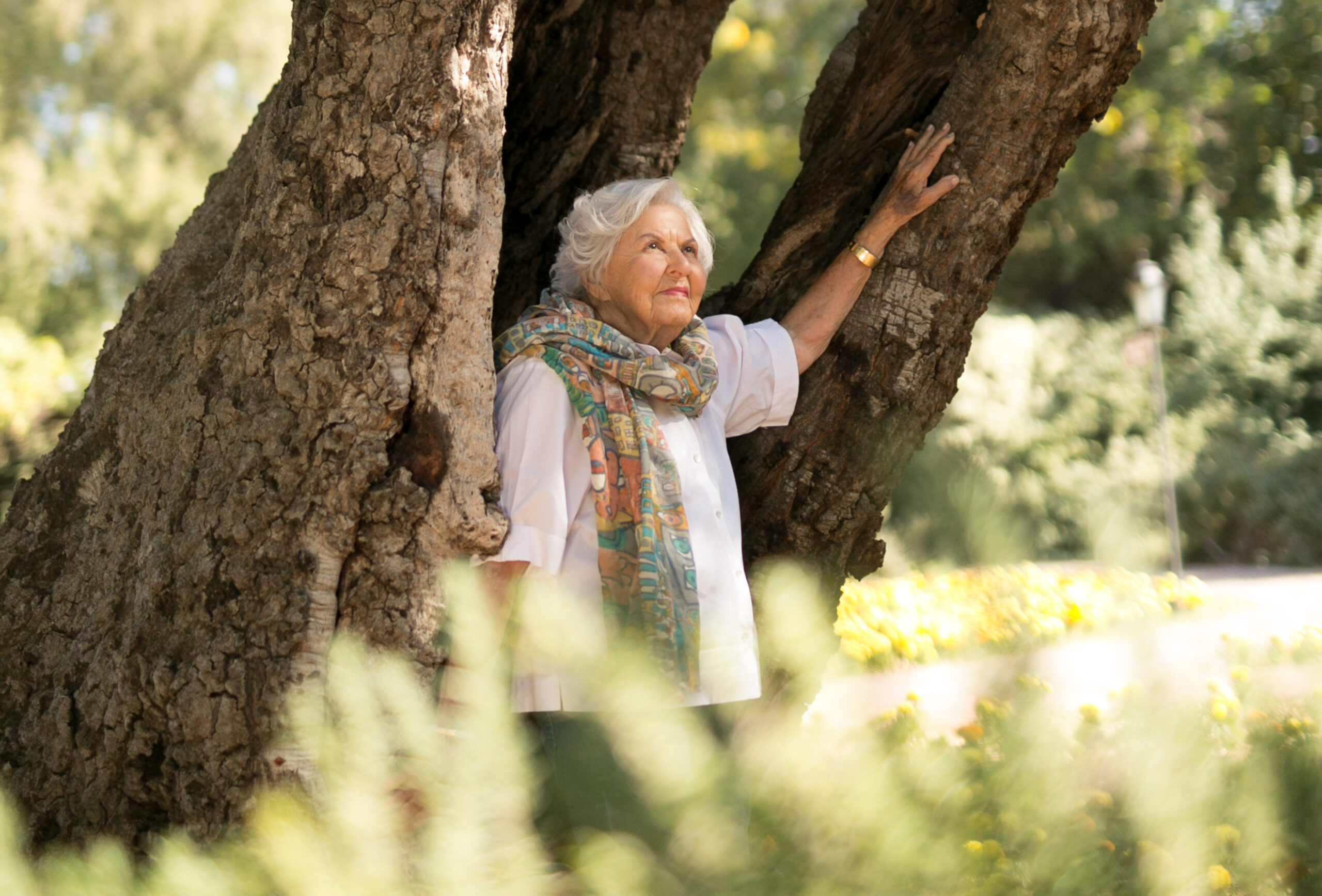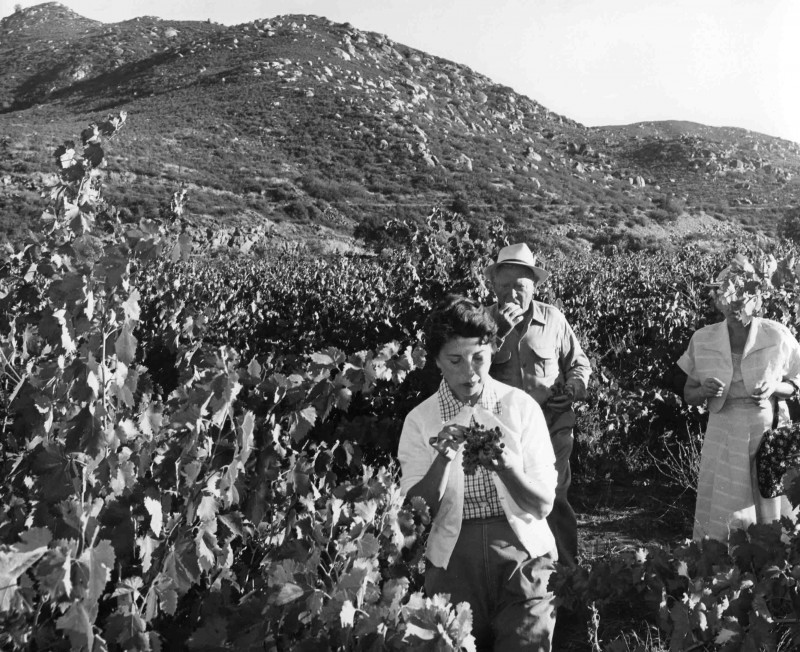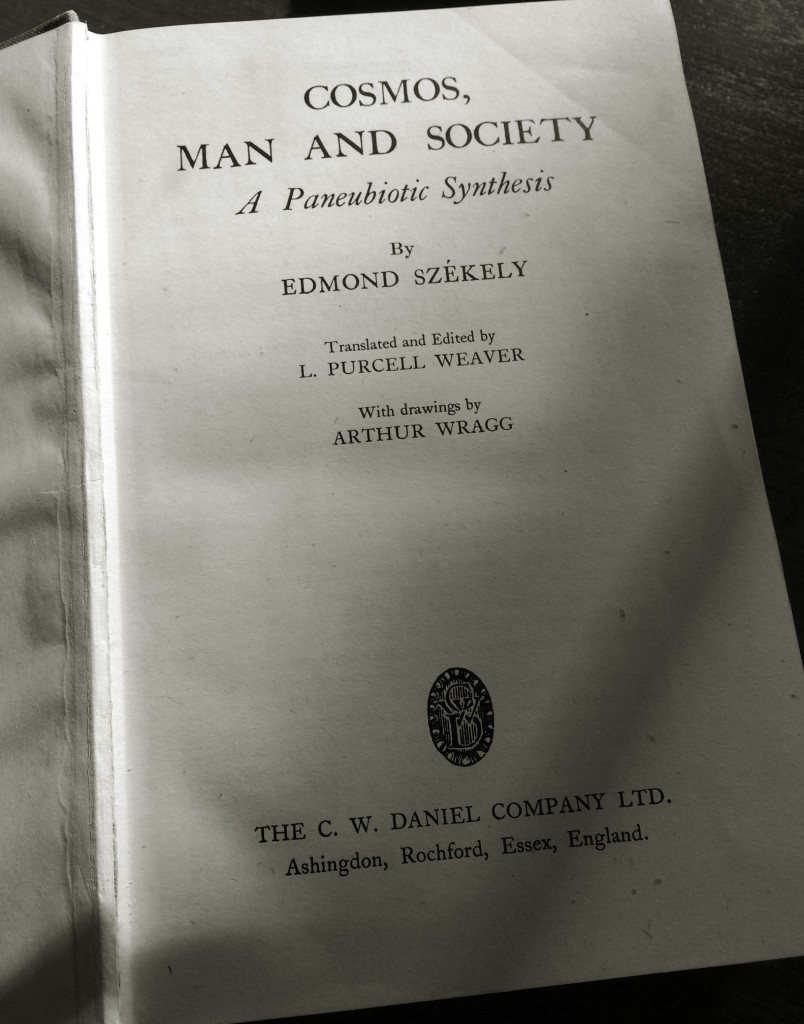Origins of the Ranch, Part XVIII

It’s the soil! It’s all in the soil.
If you who have been to the Ranch as a guest, you have probably seen a reprint of three newspaper articles that appeared in 1949 in the San Diego Union. We place these in the rooms as a kind of historical footnote to your stay.
The Union reporter’s tone was snarky—in fact, the articles made co-founder Deborah Szekely, by her recollection, “cry” when she first read them. She was 28 at the time and the Ranch’s future success was not a fait accompli. Her hopes that this would be a breakthrough public relations coup had been dashed.
But as the years have passed, and everything in her husband’s 1930s and ‘40s teachings that the reporter considered “cultish” (i.e. no smoking, exercise regularly, get your Vitamin D from sunlight but not more than about 20 minutes-worth, eat foods free of pesticides…) came to be accepted as paragons of disease prevention and widely accepted and copied, Deborah long since has come to take great pride in the articles.
On June 24, 2014, as a member of a panel at the Washington Spa Movement (WSPA) annual meeting in D.C., Deborah wanted to drive home a point about healthy soil equaling healthy, vibrant food. She turned to the Union story for this look back on the days when the Professor held forth on all matters of health:
“The Professor insists that human health begins with healthy soil, which means good food. Health also depends to a great extent, he emphasizes, on good climate and right thinking. “The soil here at the Essene School is good because no commercial fertilizers and no poison sprays are used,” he explains. “Commercial fertilizers are at best a temporary soil tonic, but in the long run they deplete the soil because they drive out nature’s soil cultivator—the earthworm. As for poison sprays, they are unnecessary if the soil is healthy. Besides, their poison seeps into growing vegetables and fruits by process of osmosis.”
Szekely insists that one of the causes of human illness is the eating of devitalized vegetables that have been mass produced for the commercial market. “They lack the minerals essential for health,” he declares. “I am advocating that every family have a miniature garden in which to work a few minutes daily, preferably in a bathing suit. These gardens yield good vegetables and the one who works them gains moderate exercise in the sun. They get the necessary daily dosage of Vitamin D. But I warn my students that 20 minutes of exposure to the sun is all they need…”
In some of her memoirs, Deborah refers to the earth in similar, reverential ways. Here’s a sampling:
“Called Tecate Peak on U.S. maps, Mt. Kuchumaa is the highest in the area. For ages, rain has washed valuable minerals down its slopes and over its foothills in the little mountain valley where Rancho La Puerta lies.
“When we first came to Tecate there were only a few thousand people in all of Baja California, and greater Mexico itself had not yet begun its massive industrialization effort after the Second World War. What little agriculture that existed anywhere in the Tecate valley was of a centuries-old variety; the horse or burro was a very important part of the family. Commercial sprays and fertilizers were unknown.
“Our rich Rancho La Puerta soil was virgin. As the Professor said, it made organic gardening a simple joy. With the exception of a small vineyard, this land had not been used for agriculture at all. Its recent history went back to the times when ranchos in both Californias ran cattle herds large enough to cover a thousand hills…
“We may have developed the first such (organic) garden in this hemisphere. In England, the Professor has met Sir Albert Howard, crator of the organic system of raising fruits and vegetables, and was familiar with Sir Albert’s 1940 book, An Agricultural Testament.
“The author himself credited the influence of Charles Darwin’s Voyage of the Beagle, in addition to another, far more obscure Darwin volume containing the famous naturalist’s observations upon leaf mold as well as upon the earthworm and its part in drainage and aeration of the soil.
“Sir Albert had been an employee of the British government’s agricultural department when he went to India to teach Hindus to garden. He introduced the composting method and the use of earthworm as the linchpins of farming without chemicals.
“He theorized that chemicals would alter the balance of the soil’s living organisms, on which plants rely for growth, and that such an imbalance would lead to diseases which plants would not be able to resist, in turn forcing growers to resort to more and stronger pesticides and fertilizers.
“The Professor embraced these theories. He worried besides that osmosis would cause poison sprays to seep into vegetable and fruits as they grew. He was gravely concerned about the future effects upon humans and their environment.
“I believe that consumers will increasingly reject poisonous sprays when they realize that, as humankind becomes longer-lived, the cumulative effect of all these chemicals inside their own bodies will threaten to grow much more concentrated and precarious.”


